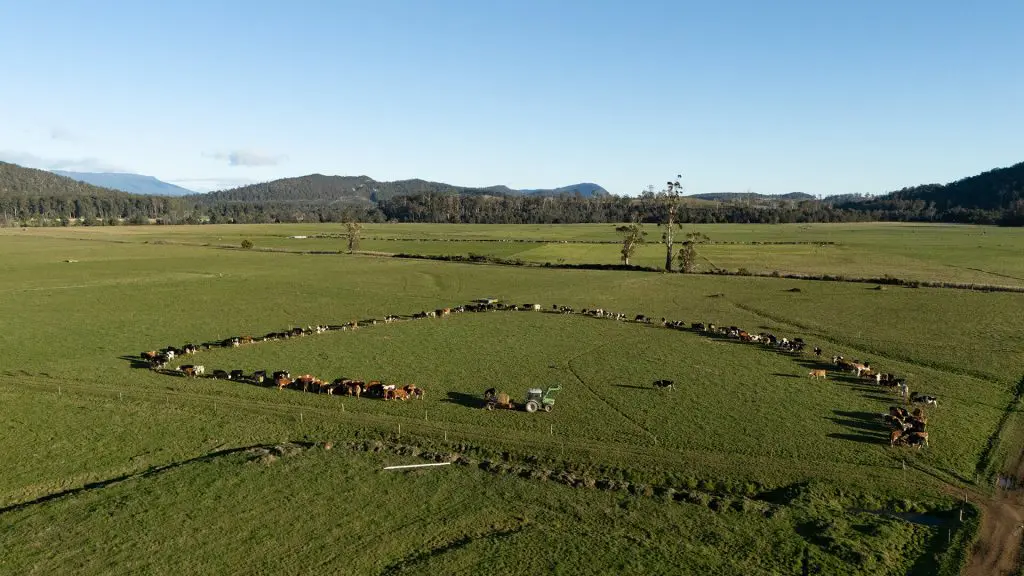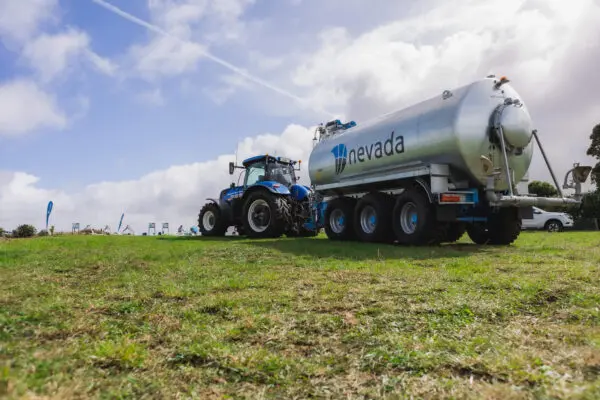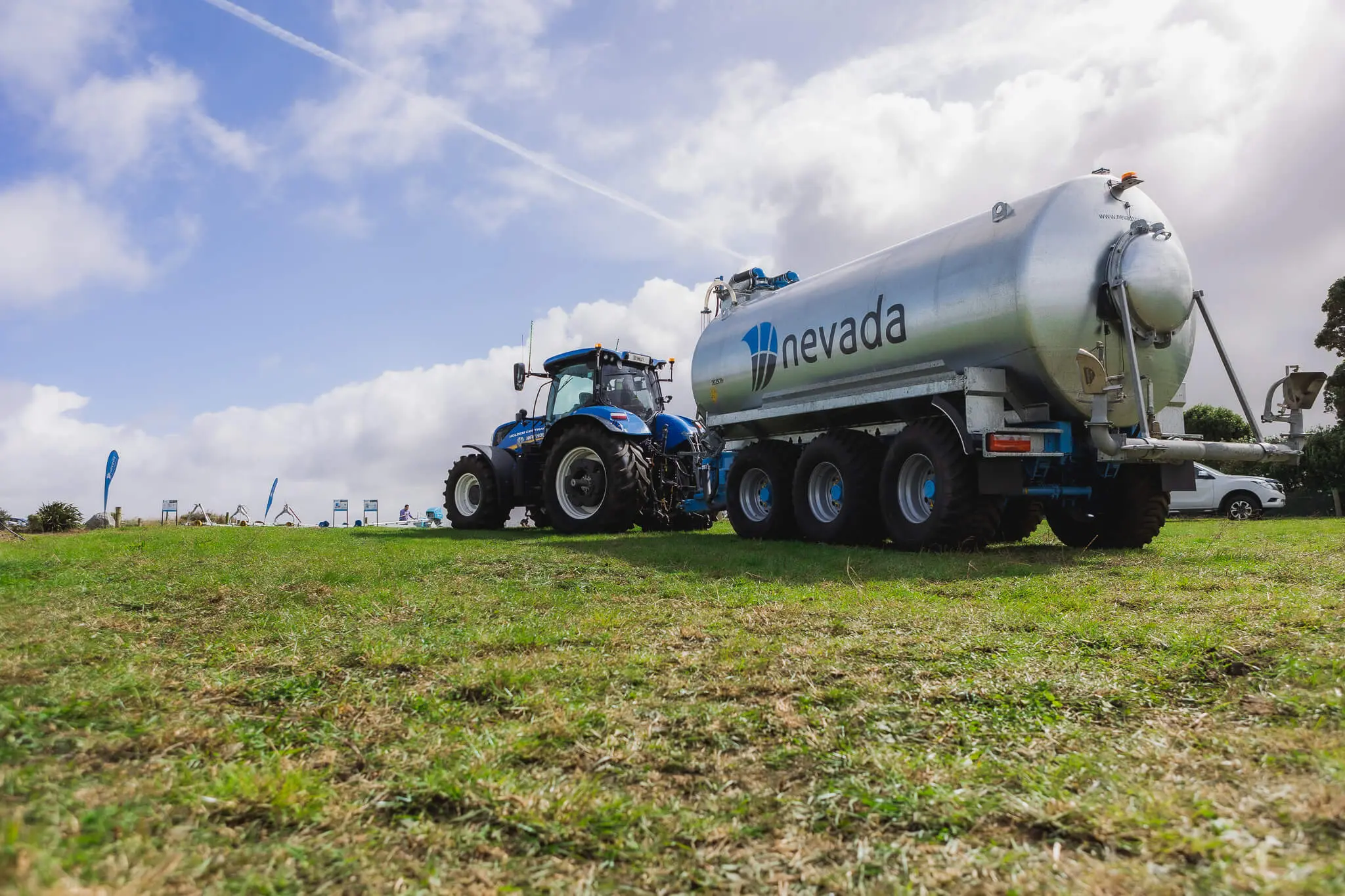- Sustainable Effluent Management


For more advice on how to maximise your effluent pond and how to get the best quality effluent back onto your pasture, contact the team at Nevada.
"*" indicates required fields

"*" indicates required fields

"*" indicates required fields

"*" indicates required fields

